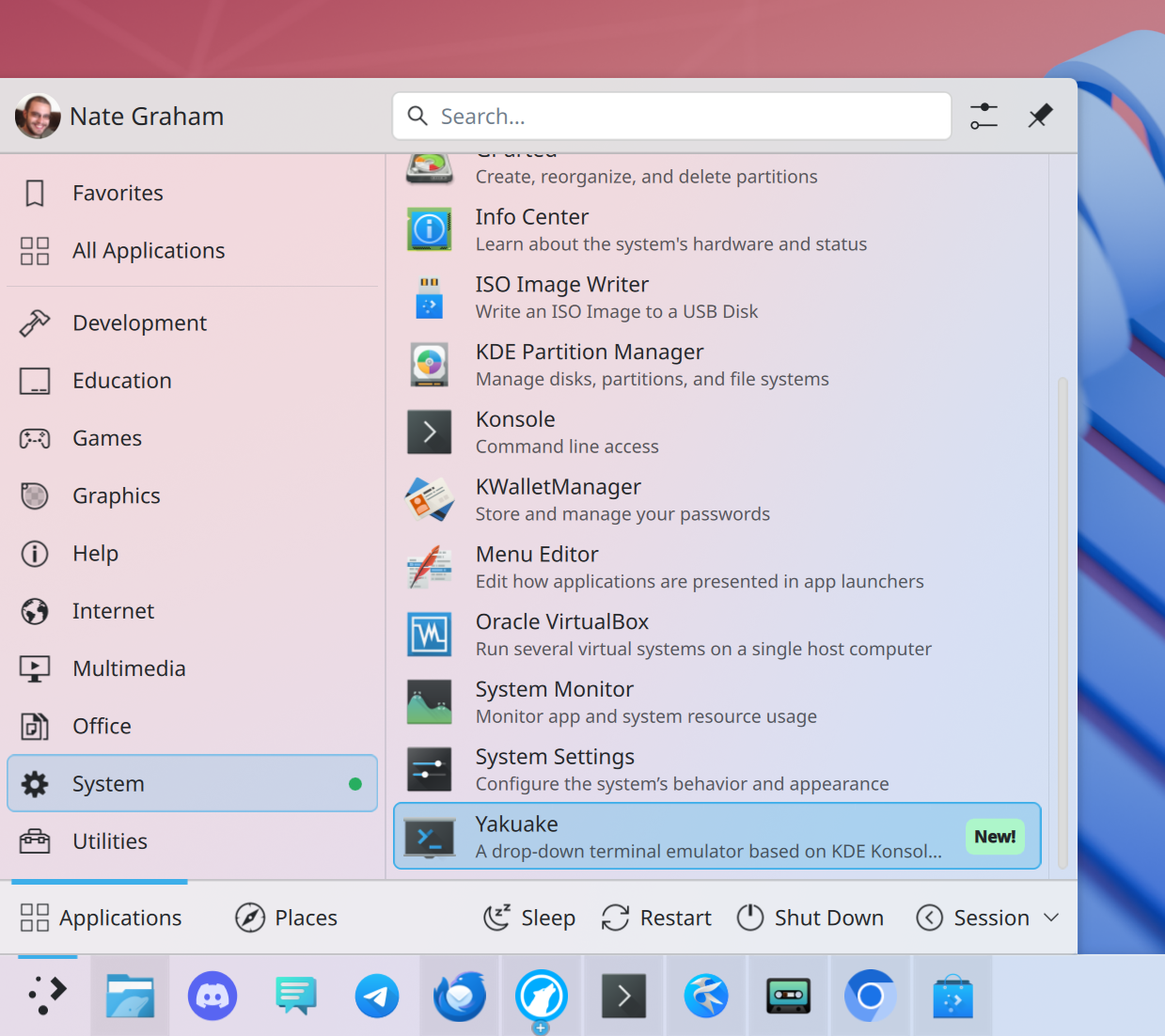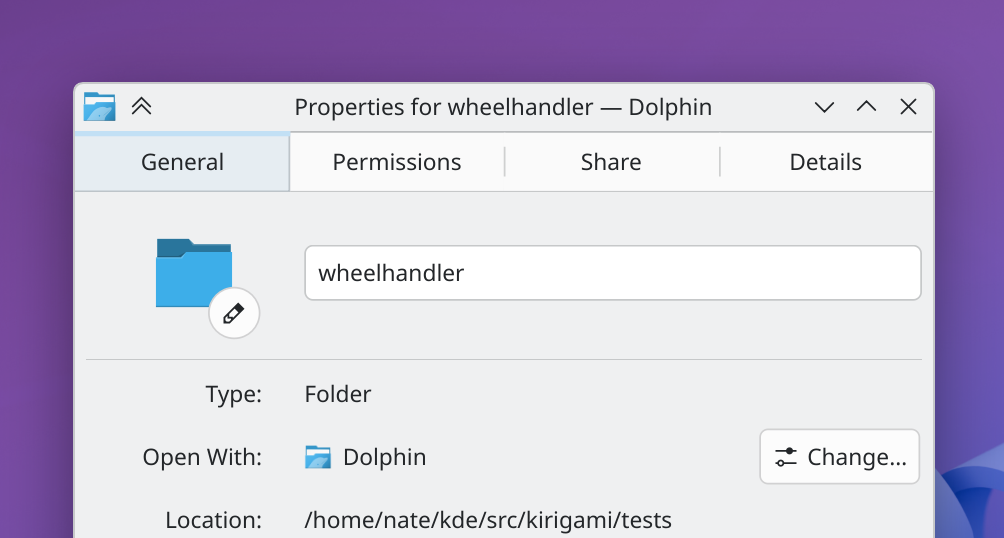Dear readers,
Before our regularly scheduled program, it is time for a little service announcement.
I will be taking some vacations for the coming three weeks. I’ll try to disconnect as much as possible for once. I thus won’t post another review in the next three weeks. It also means that I’ll try to not read as much as usual on the web either, so I probably won’t collect many URLs during that period. Don’t expect a mega-compilation when I come back!
That being said, let’s go for my web review for the week 2025-26.
Everyone should copy Thunderbird
Tags: tech, foss, fundraising
This is a model which seems to work for donation campaigns for FOSS projects. I wonder how much this scales though… if everyone does that, is there a point where users will be fed up with it?
https://blog.cyrneko.eu/everyone-should-copy-thunderbird
Tags: tech, matrix, community, foss
It’s indeed difficult to separate FUD from the real community issues around Matrix right now. We’ll have to keep an eye on how things evolve.
https://matrix.org/blog/2025/06/dispelling-myths/
A family of forks
Tags: tech, ssl, security, foss
The situation around OpenSSL and its fork is rather confusing… And there’s no indication this would improve.
https://daniel.haxx.se/blog/2025/06/23/a-family-of-forks/
Are LLMs ‘useful’?
Tags: tech, ai, machine-learning, gpt, criticism
Interesting comparison, indeed would a clock like this be useful?
https://azhdarchid.com/are-llms-useful/
Why computational reproducibility matters
Tags: tech, reproducibility, science, research
There are indeed fields where this matters a lot. It is far from being an easy problem to solve though.
https://blog.khinsen.net/posts/2025/06/20/computational-reproducibility.html
Introduction to the A* Algorithm
Tags: tech, algorithm, graph
Nice explanation of how graph search algorithms work. If you need to build some path finding feature this is for you.
https://www.redblobgames.com/pathfinding/a-star/introduction.html
Deep Down the Rabbit Hole: Bash, OverlayFS, and a 30-Year-Old Surprise
Tags: tech, linux, kernel, system, filesystem, shell, debugging
You like weird bugs involving shell implementations, syscalls and filesystems? Somehow I do, this was an interesting one.
https://sigma-star.at/blog/2025/06/deep-down-the-rabbit-hole-bash-overlayfs-and-a-30-year-old-surprise/
Tags: tech, make, linting, tools
Nice! At last a Makefile linter. It has some interesting features, I especially like the automated .PHONY target management.
https://github.com/EbodShojaei/bake
Fun with uv and PEP 723
Tags: tech, python, scripting
uv really opens the door to nice features for Python. Now with a standardized PEP to help the configuration it’s getting even better.
https://www.cottongeeks.com/articles/2025-06-24-fun-with-uv-and-pep-723
Basic facts about GPUs
Tags: tech, gpu, computation, hardware, performance
A good reminder that “push it to the GPU and it’ll be faster” isn’t true. If you move a workload to the GPU you likely have to rethink quite a bit how it’s done.
https://damek.github.io/random/basic-facts-about-gpus/
Passing Functions to Other Functions in C++
Tags: tech, programming, metaprogramming, c++
A bit old perhaps, but shows quite well the various options to pass a function around in C++.
https://vittorioromeo.info/index/blog/passing_functions_to_functions.html
std::shared_ptr’s secret constructor
Tags: tech, c++, memory
I think this is indeed something still easily overlooked. You can deal with this kind of intertwined lifetime issues using shared_ptr.
https://www.justsoftwaresolutions.co.uk/cplusplus/shared-ptr-secret-constructor.html
Reflecting JSON into C++ Objects
Tags: tech, c++, metaprogramming
More details one how the new C++ reflection features can be used. This is a really nice feat here to parse a JSON at compile time to make an object.
https://brevzin.github.io/c++/2025/06/26/json-reflection/
Weird expressions in rust
Tags: tech, rust, type-systems, funny
I like this kind of oddities in languages. This is nice to see such a list for Rust at a single place.
https://www.wakunguma.com/blog/rust-weird-expr
“Why is the Rust compiler so slow?”
Tags: tech, rust, compiler, performance
Nice exploration which shows the many levers one can use to impact Rust compilation times. They all have their own tradeoffs of course, so don’t use this just for the sake of reducing time.
https://sharnoff.io/blog/why-rust-compiler-slow#putting-it-together
How much code does that proc macro generate?
Tags: tech, rust, metaprogramming, compiler, performance
Nice new tool to investigate code generated by macros in Rust. Indeed you can quickly add lots of lines to the compiled code without even realizing, in large code bases it’s worth keeping in check.
https://nnethercote.github.io/2025/06/26/how-much-code-does-that-proc-macro-generate.html
Rust: A programming language that grows with you, your career and your projects
Tags: tech, rust, learning, expertise
This piece is a bit too much written as Rust zealotry for my taste. That being said, there’s in my opinion an interesting core truth hidden in there: for now it seems to better foster “expert generalists” when investing in it. Now it might be just for now and might stop later… time will tell.
https://kerkour.com/rust-grows-with-you
No Time To Learn (Web) Framework X
Tags: tech, web, framework, learning, career
Good followup to a similar piece from someone else about React. Frameworks with a short half-life are not worth the hassle to learn, focus on more fundamental skills instead.
https://brainbaking.com/post/2025/06/no-time-to-learn-web-framework-x/
Classes vs. Data Structures
Tags: tech, programming, type-systems, object-oriented
This is a difference which needs to be reminded. Using precise language obviously helps.
https://blog.cleancoder.com/uncle-bob/2019/06/16/ObjectsAndDataStructures.html
TDD Antipatterns
Tags: tech, tdd, tests, pattern
Yes, tests can follow patterns as well… and antipatterns too. It’s good to name those antipatterns, let’s avoid them shall we?
https://agileinaflash.blogspot.com/2009/06/tdd-antipatterns.html
Pairing vs. Code Review: Comparing Developer Cultures
Tags: tech, quality, pairing, codereview, culture, team
Both approaches have their pros and cons of course. Whatever you pick, it has to start with a care for quality shared within the team.
https://phinze.com/writing/pairing-vs-code-review
Don’t get locked up into avoiding lock-in
Tags: tech, foss, vendor-lockin
Interesting framework to reason about lock-ins. It’s not only about depending on a vendor, there are other factors to keep in mind. Now obviously I’d see the risks around cloud hosting in particular in a different way than the author… but I guess we’re biased differently there.
https://martinfowler.com/articles/oss-lockin.html
In Praise of “Normal” Engineers
Tags: tech, productivity, organization, team, engineering, culture
I like this article. Indeed, focus on building organisations and teams where it’s easy to do the right thing bit hard to fail. This is much better than obsessing over mythical 10x engineers.
https://charity.wtf/2025/06/19/in-praise-of-normal-engineers/
The Case for Scrum Dying in a Fire
Tags: tech, scrum, agile, criticism
The whole Scrum training and certification industry has a problem… and it’s been going on for a long time.
https://ronjeffries.com/articles/2015-02-23-die-in-a-fire/
Ticket-Driven Development: The Fastest Way to Go Nowhere
Tags: tech, agile, project-management, craftsmanship, team
If your team is solely in “pushing tickets out” mode, there’s indeed a problem. Teams needs more agency and care for the output to actually strive long term.
https://thecynical.dev/posts/ticket-driven-development/
Dependencies, Scrum of Scrums, and SAFe
Tags: tech, scrum, safe, project-management, dependencies, organization, agile
Definitely this, as projects scale, keeping an eye on dependencies between teams is key to efficient allocation. This will happen by trying to eliminate said dependencies, reallocating between teams.
https://ronjeffries.com/articles/2015-02-08-dependencies/
Visualizing Progress with Agile Storymapping
Tags: tech, agile, project-management
A bit of a forgotten approach I think. A good way to quickly gauge projects, show the amount of work and spot the dependencies.
https://uxmag.com/articles/visualizing-progress-with-agile-storymapping
What accomplishments sound like on software engineering resumes
Tags: tech, hr, hiring, interviews
Good advice. Since I got to review quite a few… I’d like to see them more like that. The worst part is when one also fails to point his accomplishments during the interview. I ask specific questions about this and most time get nothing meaningful in return.
https://jacobian.org/2020/may/8/engineering-resume-accomplishments/
The Tyranny of Stuctureless
Tags: organization, community, politics, decision-making
An old paper which is still very relevant today. It’s very much written in the context of the early women’s liberation movement, and yet the lessons a much more broadly applicable.
https://www.jofreeman.com/joreen/tyranny.htm
Bye for now!



 @kbroulik:kde.org
@kbroulik:kde.org







 ngraham
ngraham









